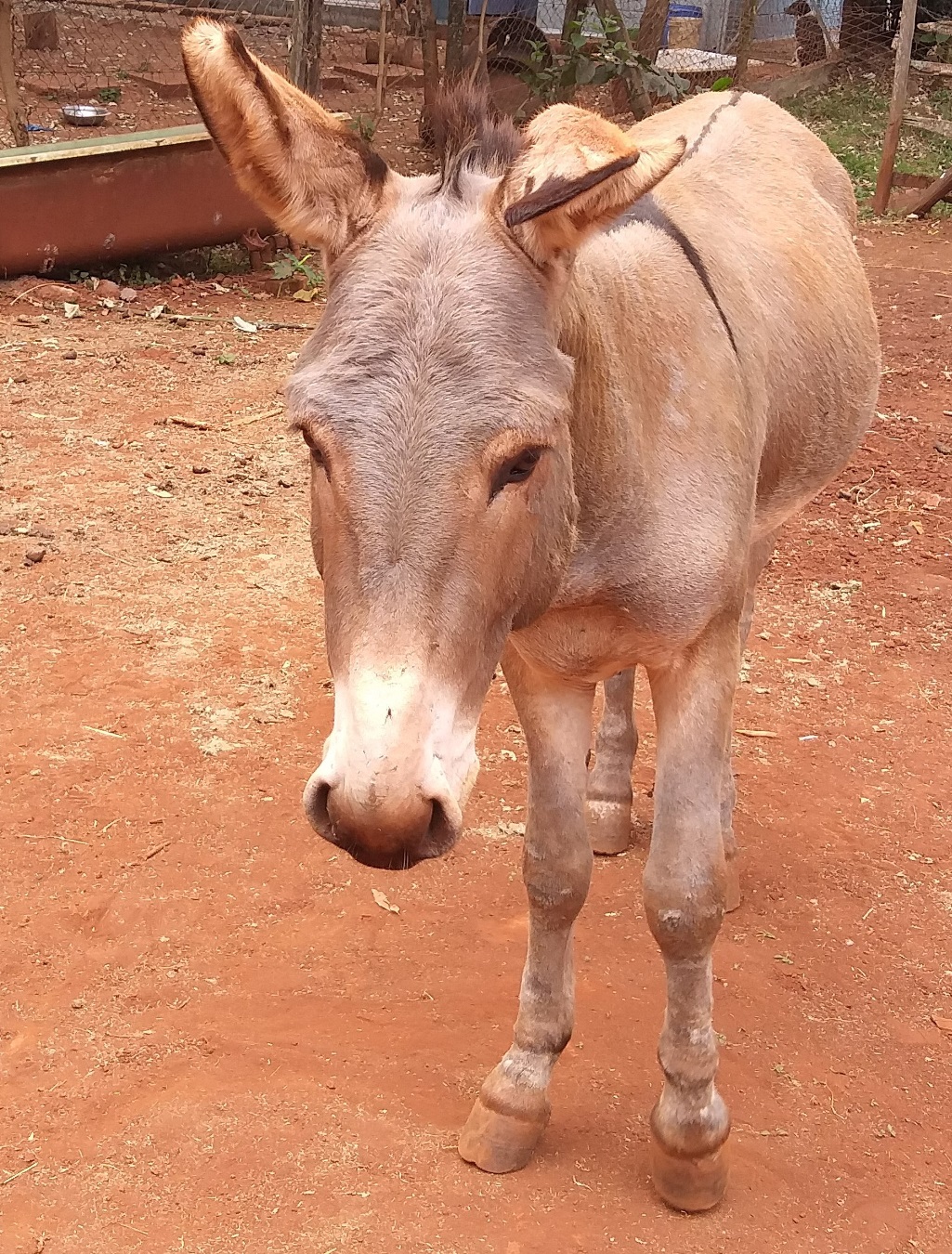Donkeys and donkey products are in use for medical purpose in many countries across the Indian ocean. Stories about this animal were gathered and written by students. They are all part of a pedagogical project, funded by the National University of Singapore and the Université de Paris. The Bestiary site is a work-in-progress and a participatory educational tool, representing animals whose products or body parts are used to promote health and healing.
Donkey Skin
A story by Megan Chew En-Rui
Donkeys are considered useful in TCM but are also seen as harmful as they are zoonotic carriers of glanders. Zoonoses come from germs that transfer and spread from animals to humans. By interacting with animals, zoonoses can spread to us. Glanders is a type of disease which is very contagious, due to the bacteria Burkholderia mallei. It can cause death to donkeys within 1 to 2 weeks (Mota, 2010). Humans can get glanders through direct contact with infected animals. Since the 1940s, the chance of getting glanders is very slim but more common among laboratory workers and people handling infected animals including veterinarians and slaughterhouse workers (DoH, 2017). Burkholderia mallei bacteria can enter the body through cuts or scrapes of the skin and through mucosal surfaces of the eyes and nose (DoH). Burkholderia mallei can also spread from person to person through bodily fluids although it is very unlikely.
It has brought disease to humans and the symptoms of glanders can develop within 1 to 5 days. The symptoms include fever with chills and sweating, muscle aches, chest pain, muscle tightness, and headache. Additional symptoms may include excessive tearing of the eyes, light sensitivity, ulcers, and diarrhea (loose stool/poop) (DoH). What makes it worse is that if you were to be contracted with glanders, there is no available cure. In countries where glanders can be found in donkeys, they try to eliminate the disease by killing the animals. Within the healthcare industry, transmission can also be prevented by wearing protective gear. By wearing gloves, protective eyewear, and gowns, the bacteria will not enter the body.
Donkeys are not a protected species but they are becoming endangered due to the TCM use of its hide to make gelatine. Donkey gelatine E-JIAO 阿胶 (Colla Corii Asini) is made of donkey skins. Donkey gelatine has been consumed in China and Korea as traditional medicine for thousands of years. It can be purchased from folk pharmacies. It helps to cure anemia and helps with menopause, through the improvement of blood circulation. Usually, it is consumed as a drink. Also, several bioactivities were identified in donkey hide extracts, such as antioxidants, neuroprotectives, and anti-diabetic effects. However, there is still a lack of information on the anti-photoaging activities of enzymatic hydrolysates from donkey hide (Kim, 1991). Thus, it is still not used widely in many countries or in western medicine.
Due to the possibility of the extinction of donkeys, most countries have banned the export of donkey skins. Currently, only some countries allow exporting donkey skins, such as Kenya. In replacement of Donkey gelatin, people now consume gelatine made from the cheaper hides of horse/ox/pigs (Zhang, 2019). To prevent the extinction of donkeys, this may be a better option to use other animals. However, most TCM still use donkey skins. In my opinion, we should do our best to prevent the extinction of any animals. Once an animal goes extinct, there is no going back. Future generations will not get to see it anymore, just like how we have not seen a dodo bird. As seen in the documentary we watched, “Before the Flood”, it shows how the effects we create on our earth will have everlasting effects.
Donkey (Nairobi, Kenya, 2021) © Mariana Bombo Perozzi Gameiro




